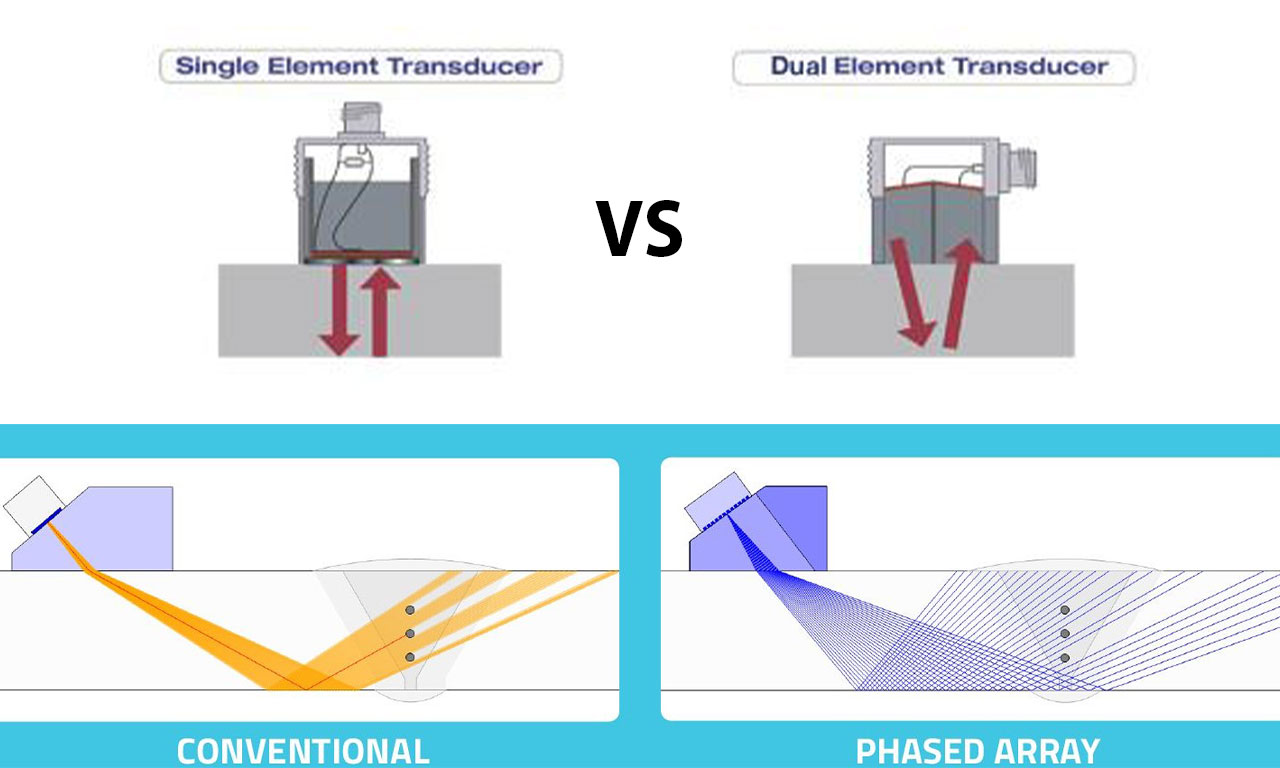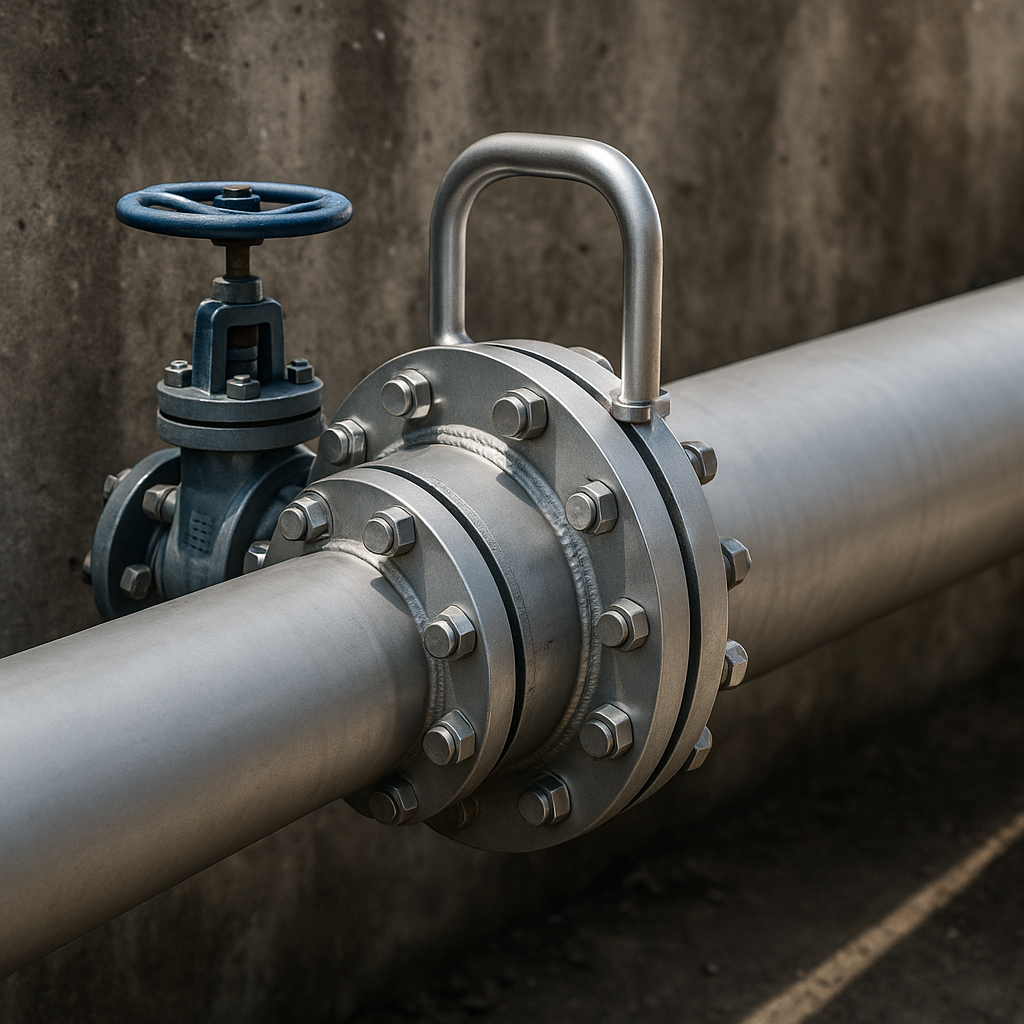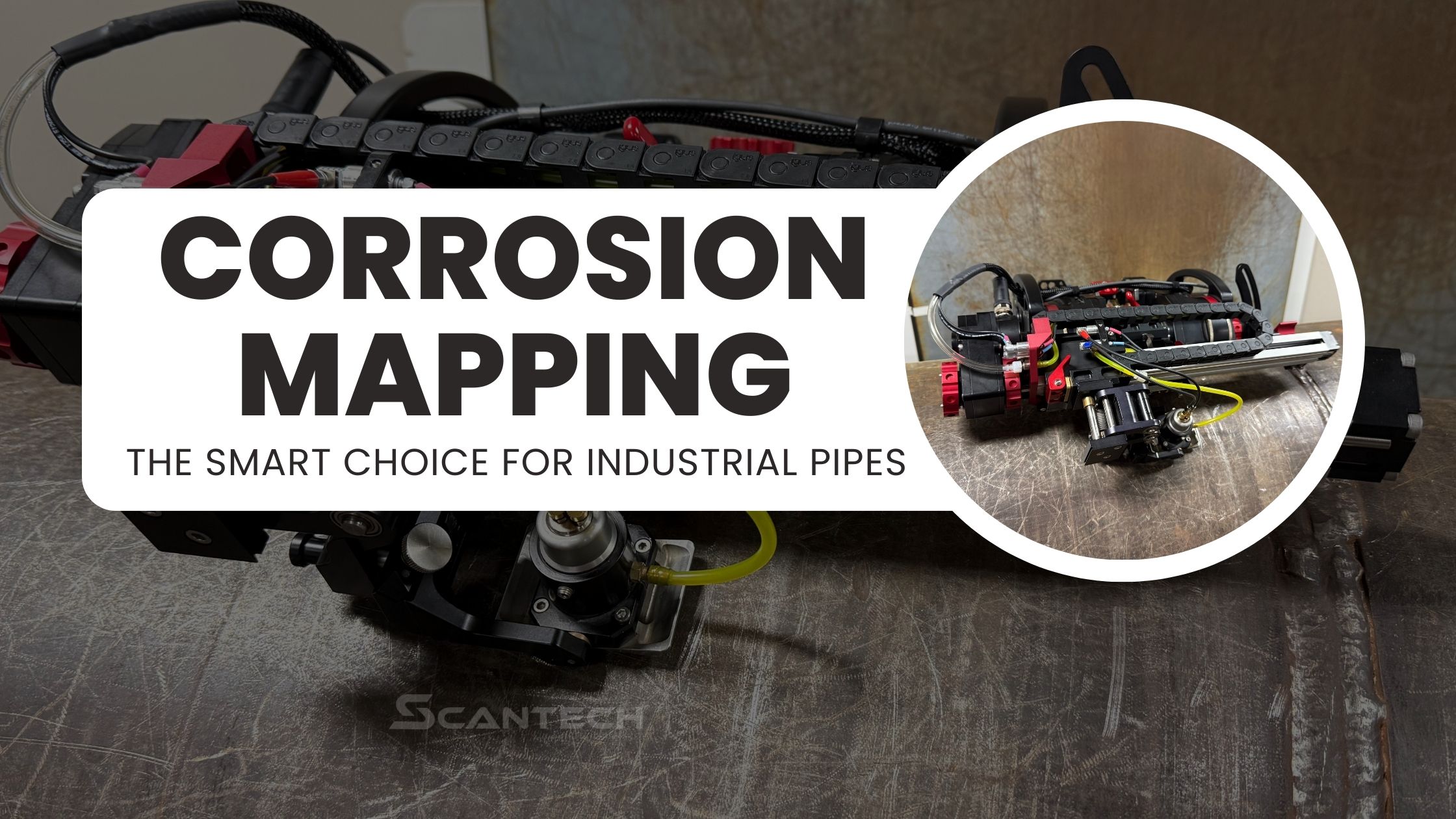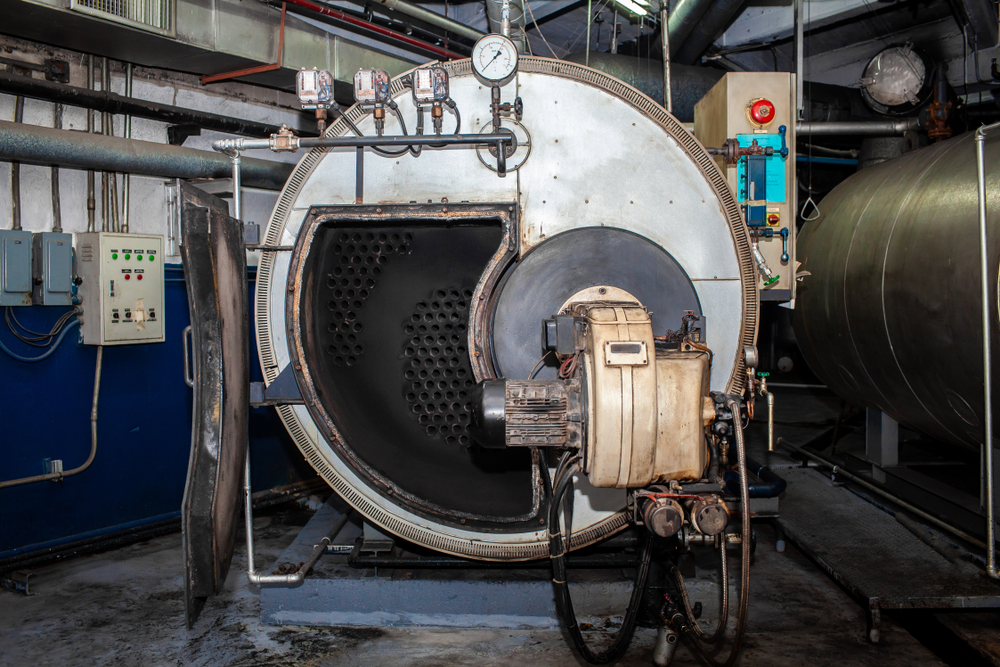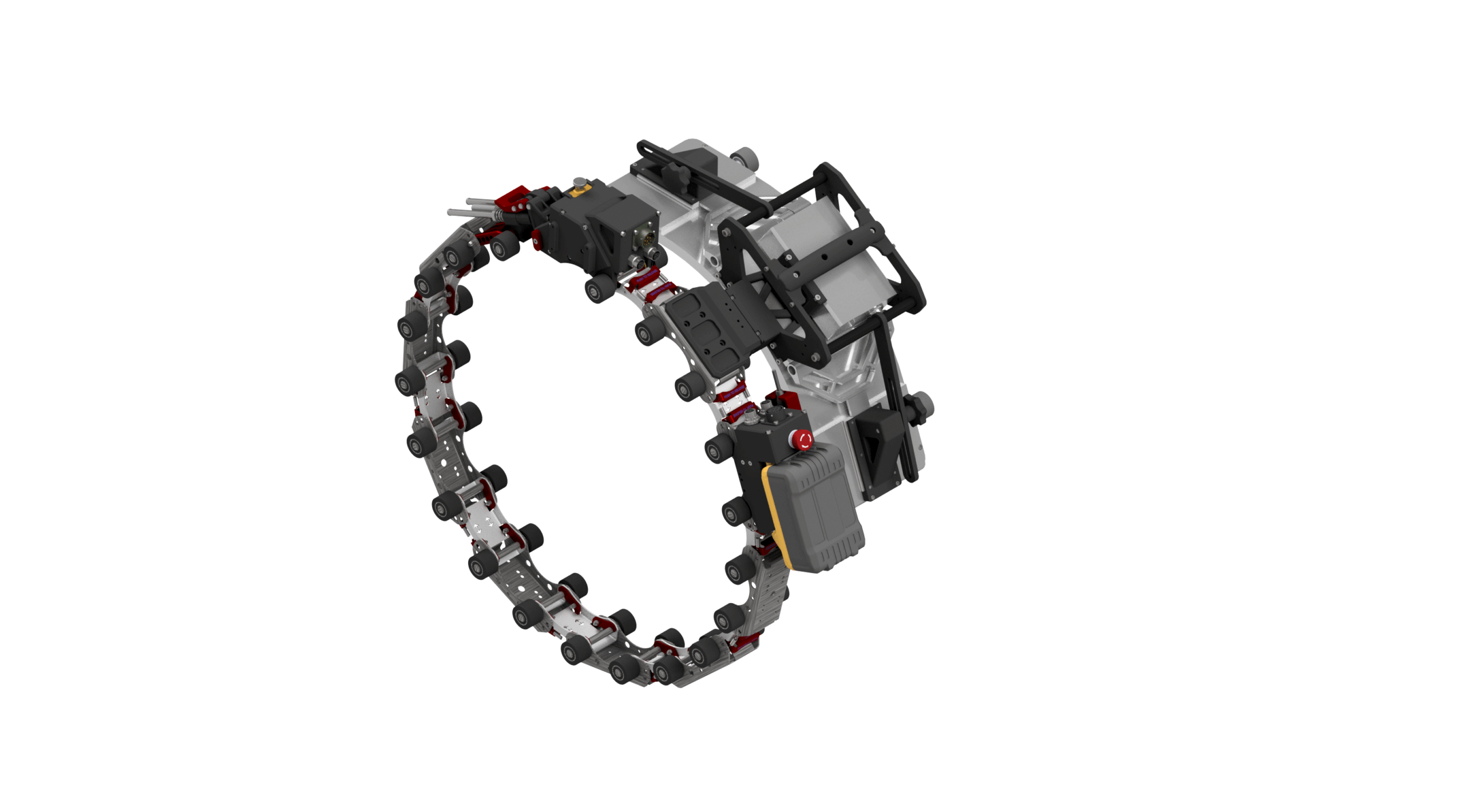Ultrasonic Testing (UT) is a foundational tool in non-destructive testing (NDT), used to evaluate material integrity without damaging the asset being inspected. With the right probe configuration, inspectors can detect internal flaws, assess corrosion, and measure material thickness with precision.
At ScanTech Instruments, we provide ultrasonic inspection systems compatible with a wide range of probe technologies to help teams improve accuracy and inspection efficiency. In this guide, we’ll break down the three most common ultrasonic probes—single element, dual element, and phased array—and help you determine the best fit for your specific application.

Types of Ultrasonic Testing Probes and How They Work
Single Element Probes
How They Work:
These probes use a single piezoelectric crystal that both transmits and receives ultrasonic waves.
Ideal Applications:
- Basic wall thickness measurements
- Lamination checks
- Straight-beam inspections in uniform materials
Best-Fit Industries:
- Manufacturing (QA/QC)
- Power generation (pipe wall thickness monitoring)
- Oil & Gas (storage tanks)
- Automotive (component integrity)
Advantages:
- Cost-effective and simple to operate
- Reliable on smooth, clean surfaces
Considerations:
- Limited near-surface sensitivity
- Not well-suited for rough or corroded materials
Dual Element Probes
How They Work:
Dual element probes include two angled crystals—one transmits and the other receives. The angled beam improves detection near the surface and reduces the “dead zone.”
Ideal Applications:
- Corrosion mapping
- Pitting and wall-loss detection in pipes and vessels
- Scanning rough or curved surfaces
Best-Fit Industries:
- Oil & Gas (pipeline and vessel corrosion)
- Chemical Processing
- Water & Wastewater Infrastructure
- Marine/Shipbuilding
- Municipal Utilities
Advantages:
- High sensitivity near the surface
- Performs well on irregular, coated, or painted surfaces
- Enhanced flaw detection for corroded areas
Considerations:
- Slightly more complex to set up than single element
- Requires proper calibration for accurate results
Phased Array Probes
How They Work:
Phased array probes are made up of multiple small elements that can be fired independently to steer and focus the ultrasonic beam electronically—without moving the probe.
Ideal Applications:
- Weld inspection (butt welds, fillets, T-joints)
- Corrosion mapping with C-Scan imaging
- Crack sizing and defect characterization
- Scanning complex geometries and composite materials
Best-Fit Industries:
- Aerospace (composite inspection, fatigue crack detection)
- Nuclear & Power Generation (turbines, pressure vessels)
- Structural Fabrication & Steel
- Rail & Transit Systems
- Oil & Gas (high-spec welds, flange integrity)
Advantages:
- High-resolution, multi-angle inspection
- Efficient scanning of complex shapes with minimal repositioning
- Advanced imaging (S-scan, C-scan) for detailed reporting
Considerations:
- Higher cost
- Requires skilled operators and advanced analysis tools
Comparison Table
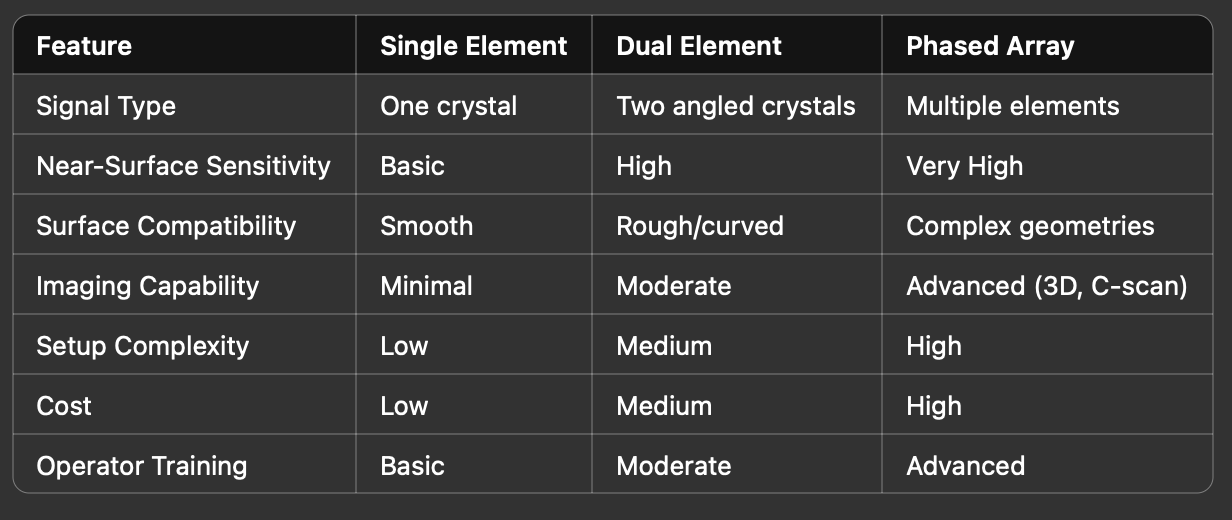
How to Choose the Right Probe for Your Inspection
Selecting the right ultrasonic probe comes down to a few key questions:
- What’s the material type and condition?
→ Rough, coarse-grained materials benefit from dual element or phased array probes. - How critical is imaging detail?
→ High-resolution inspections (like welds or composites) call for phased array. - What’s your budget and available training?
→ Single element probes are cost-effective and require minimal training. - Is speed and coverage important?
→ Phased array offers faster, more comprehensive data collection—ideal for larger structures or high-spec inspections.
Compatible Systems from ScanTech
Our ultrasonic scanners are designed to support a range of probe types:
- XR – Best for corrosion mapping with dual element probes
- X3 Spider – Compatible with both single and dual element setups
- Radix – Built for advanced phased array inspections, ideal for welds and complex geometries
Ready to Find the Right Probe?
Understanding the differences between ultrasonic probe types is key to effective NDT planning. Whether you’re inspecting for corrosion, wall loss, or weld integrity, aligning your probe choice with your inspection goals ensures better performance and more reliable results.
Explore more of our ultrasonic scanning systems or contact us to speak with a specialist.

